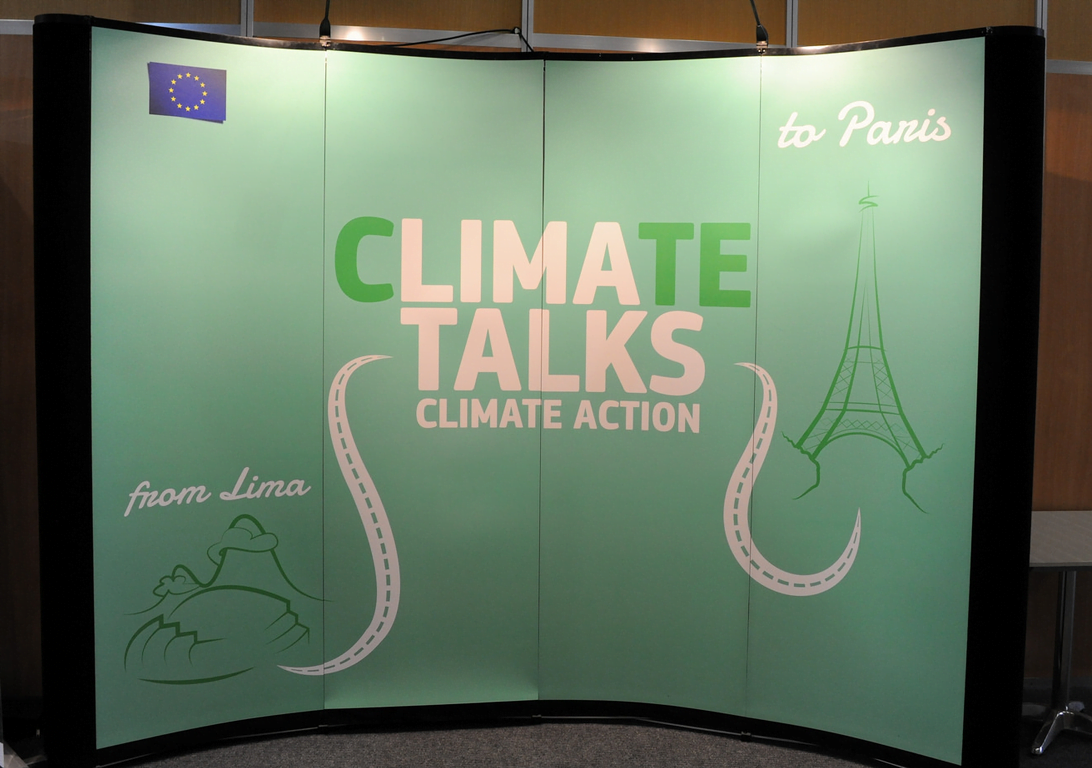The UN climate change negotiations are in their fourth day today in Lima, Peru. Talks are still in preliminary stages as the real text-based negotiations kick off next week with ministerial level meetings.
Still some big story lines are emerging. Here are three of them.
Mounting pressure on the Indian delegation
Recently the U.S. and China jointly announced their emissions peaking years, meaning the year when their greenhouse gas emissions would begin to decrease. India is the world’s third largest polluter but still qualifies as a developing country. Herein lies the problem.
Developing countries generally feel mitigation, or reducing emissions, are not their responsibility. Mitigation is something developed countries should do because their historical emissions have caused climate damage to developing, lower-emitting countries.
What India and the G-77 of developing countries want the negotiations to increasingly focus on are adaptation to help countries evolve infrastructure to better deal with ongoing climate-related weather events, solid financial commitments that will actually go to the developing world, and more technology-sharing to enable developing countries to disseminate knowledge about climate change and resilience.
Indian officials have said they will not be subject to public pressure but will weigh the science and economic data in order to make a fully considered announcement, if one at all about a peaking year.
India is the biggest country in the developing country group and its actions will likely spur the same from fellow group members. All eyes are on New Delhi now as Prime Minister Narendra Modi’s government considers a national action plan to be implemented as India’s intended nationally determined contribution (INDC). It remains to be seen if any developing countries will include mitigation in their own INDCs but it may be a sign of good faith to developed countries for India to do so.
Japan funds a coal-fired plant…with climate funds
In 2009 Japan and other countries pledged approximately $30 billion to the UN, earmarked for climate-related projects in developing countries. The money is separate from the Green Climate fund and does not have any oversight or enforcement guidelines. Earlier this week, the AP reported that almost $1 billion of Japan’s contribution was actually used to build three coal-fired power plants in Indonesia.
Indonesian officials say they had no choice but to take the funds and build the plants for their citizens who needed electricity. Japan’s excuse was a weak one at best. They claim that the coal plants built are actually cleaner coal plants than the ones that would have been built without the use of their funds.
Needless to say, this is a controversy the UNFCCC does not want to face in a crucial stage of negotiations. As Samantha Smith, Leader of World Wildlife Federation’s Global Climate and Energy Initiative said in a statement to the press, “we cannot allow the fossil fuel industry, whose products are the main cause of climate change, to take the limited funds intended for responding to the devastating impacts of climate change, especially on vulnerable people whose lives and livelihoods are most affected.”
What is climate finance?
The Japanese controversy is actually not an isolated event and the underlying problem is the elephant in the room in many of the negotiation discussions here in Lima. The fact is, neither the UNFCCC nor the Green Climate Fund (GCF) have clearly defined what actually constitutes climate finance.
The problem of defining climate finance may seem like a basic one, but it is weaved throughout each and every negotiations discussion. Major questions arise because developing countries do not want developed countries to count climate financing as a subset of their overall development budgets, which is what often happens if a project has climate-benefit even as a corollary.
The funding for climate projects is supposed to be new and transformational according to the UNFCCC and GCF mandates. Some in the GCF have argued though that carbon capture and storage (CCS) technology could also be counted as climate finance even though it does nothing to stop the processes involved in emissions but, in theory, it does reduce pollution.
To at least put a stop to the more egregious and obvious funding of fossil fuels projects, 250 civil society organizations have signed a letter to the UNFCCC calling for an “exclusion list.” The list would serve to at least set a basic parameter for what can be called climate financing and any projects involving fossil fuels would not be allowed to receive UN climate funds. The topic is supposed to come under consideration later this week at COP20 but also during the GCF Board meeting in February 2015.
